Art World Resorts with Alex Flick
|CLAIRE KORON ELAT
“There is a general misconception that all wealthy people buy art, that is not the case.”
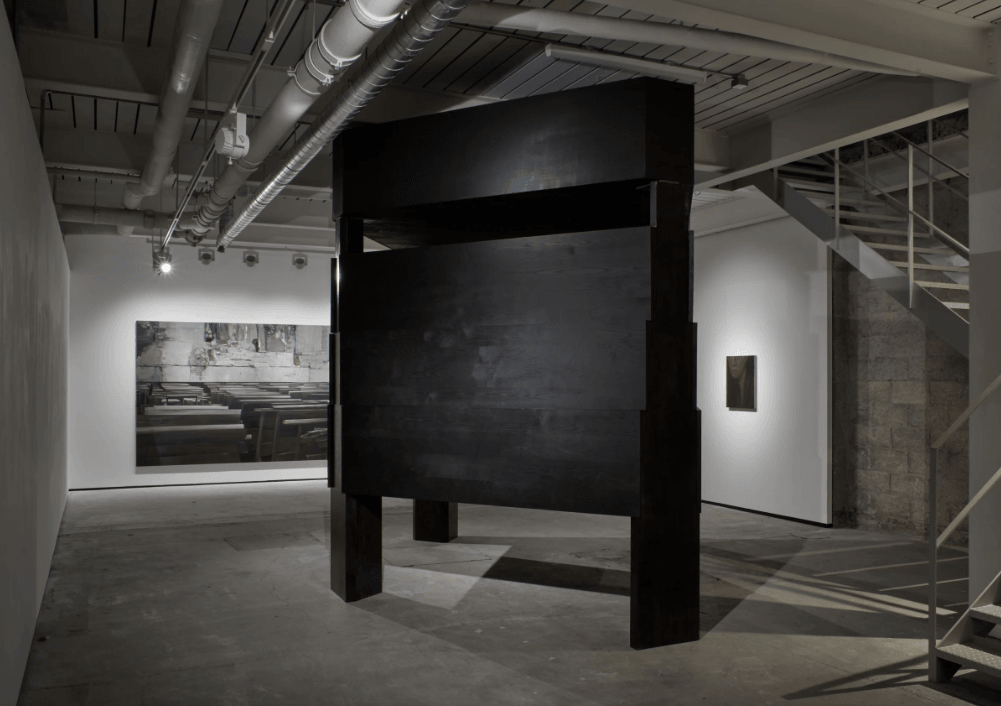
Having participated in four art fairs in last April alone, the emerging gallery Gathering has adjusted to culture’s fast pace. With their main space located in Soho, London, the gallery’s founder Alex Flick is about to open a second space in Ibiza, only two years after Gathering was inaugurated. Today the gallery represents five artists and has shown historic works by Isa Genzken, Louise Bourgeois, Claes Oldenburg, and other. Alongside the main gallery program, the gallery also has a project space that focuses on creative practitioners with a more fluid approach. Claire Koron Elat and Flick sat together to discuss the basics of founding a gallery, family collections, and that it’s not only about selling.
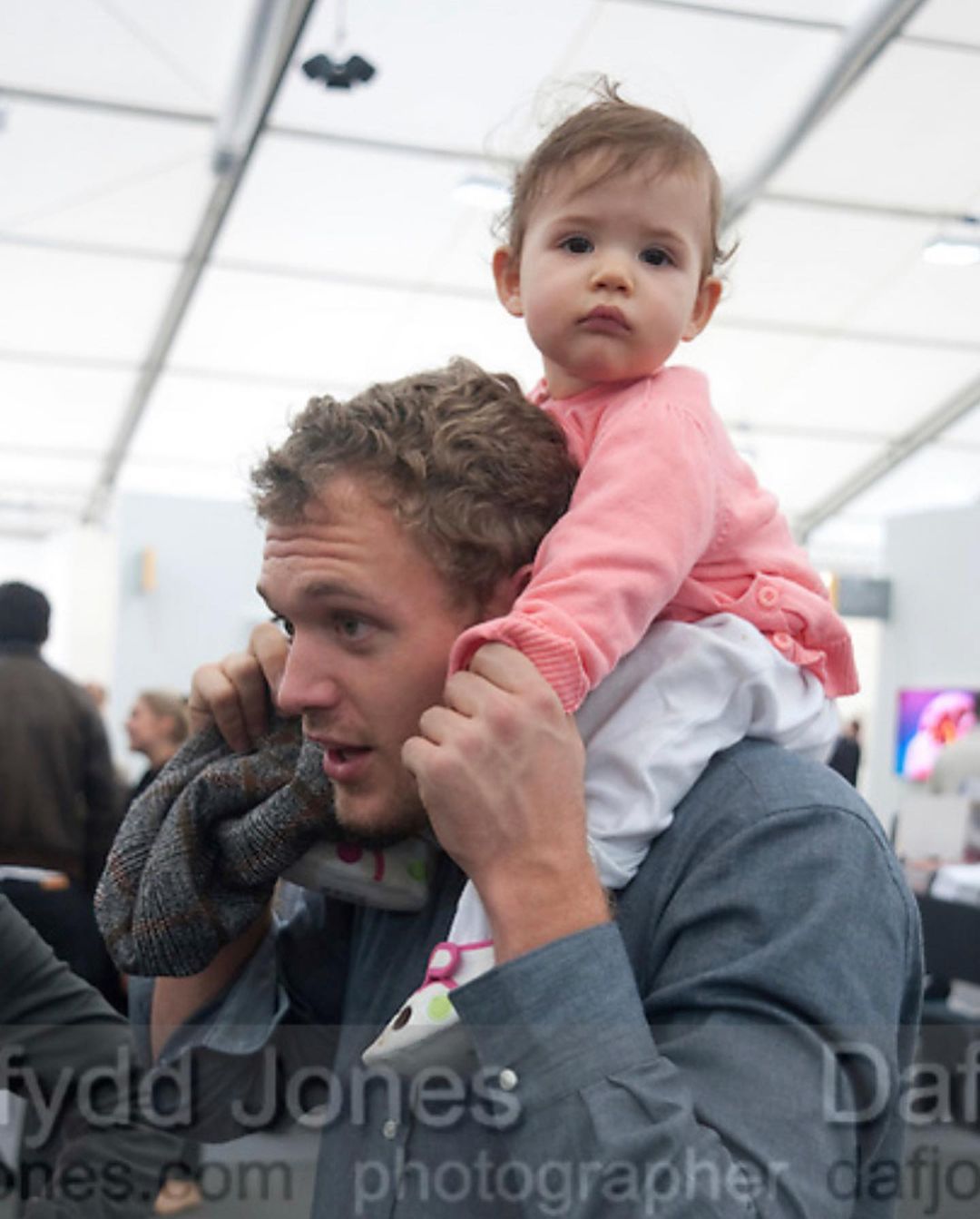
CLAIRE KORON ELAT: Generally speaking, partnerships are tremendously important in the art world.
AF: It is a relationship business. Some of my best friends are gallerists in London, but also in different places. Relationships and cooperation are massively important to me. For example, I did a Simeon Barclay exhibition that was a collaboration in the form of a dual presentation of the same artist across two different non-affiliated galleries.
CKE: As you suggest, the art world is a social business. It’s almost impossible to start a gallery without an existing network, and specifically collector base.
AF: It’s very hard, I admit that. Even with a network, it doesn’t immediately translate into a collector base. While I grew up in England with my mother, I was very lucky that my father in Switzerland was very intertwined with the world I now work in. After school, I didn’t go to university. I moved to LA and got a job at Paul McCarthy’s studio. I was there for over a year, and it really influenced my worldview and understanding of contemporary art. It was the first real bond I had with a successful and high profile living and working artist. From there, I studied Fine Art and then I worked in and around the art world. I worked for Hauser & Wirth, for example, on multiple occasions and in different cities. In London, I experienced almost every job, ranging from artist liaison to technician to researcher and curatorial assistant. The biggest prep for the Gathering was to have a project space UNIT9 in East London from 2016 to 2019. That was my real training ground. In the same month, in the same building, fellow Germans opened their gallery, Emalin—who are good friends. It was a very fun time.
As for collectors, one does need a base, like a social surrounding. But they’re not always where or who you might expect. There is a general misconception that all wealthy people buy art, that is not the case. There are many passionate and considered collectors, and while they tend to be of an older generation, there are ever more in my generation.
The great positive of the fair structure is to explore new markets and meet new collectors who would be totally out of your reach otherwise. We recently participated at Art SG in Singapore, for example.
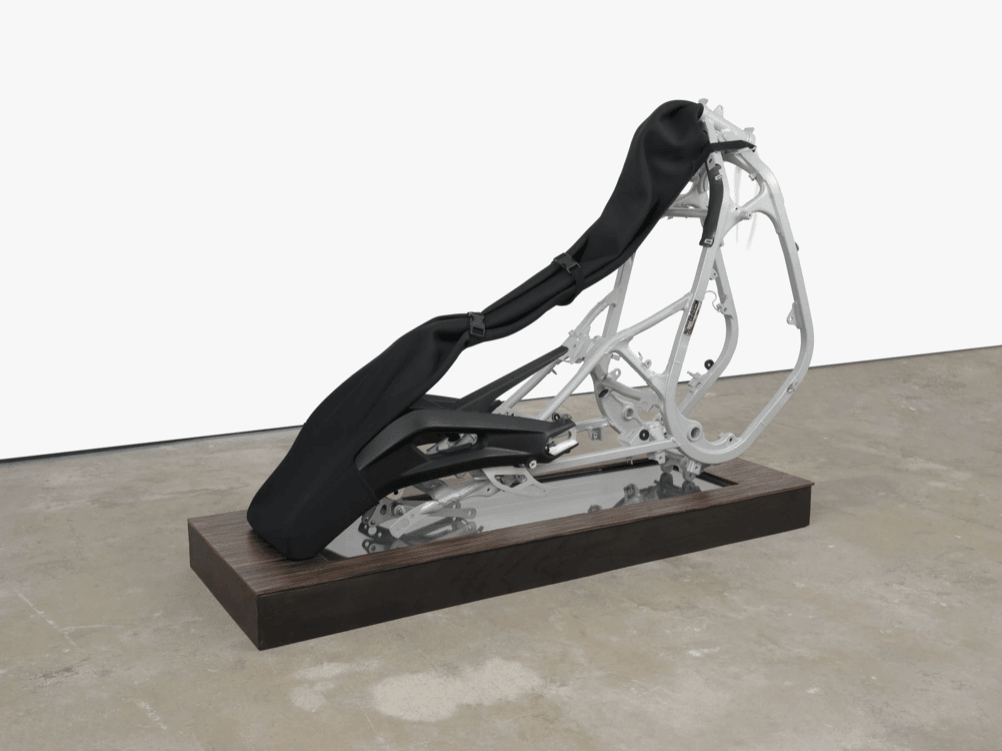
CKE: Your dad is also a known collector. How did that influence you? And did it help you to build your own collector base?
AF: Yes, my dad is a collector, and I am generally very grateful of him. He used to be more active, but he is in his 80s now. When I was growing up, he collected a wide variety of artworks and movements, he bought many commercially challenging works, some even shocking, but not only that—he has a very astute eye. Paul McCarthy and Jason Rhoades are examples. His taste and eye were incredible and far reaching, and he has a very extensive and sophisticated collection that was housed at the Hamburger Bahnhof for 17 years and donated over 400 works to the city of Berlin. I am very grateful to have witnessed him be so active in the world I know work in.
Growing up in that environment—meeting Iwan Wirth, for example, seeing how he speaks to a collector about art, sells it, and how my dad responded and collected… Being exposed to a wide variety of art informed my taste…It made me recognize that tastes don’t always overlap. In many ways, my dad’s taste and mine don’t; we are 43 years apart, after all. Naturally I am not that interested in some of the artists he collected, and he doesn’t really understand some the artists that I work with—but fundamentally there is a large overlap. Walking around the house as a small child and being confronted with a Claes Oldenburg, Polke or Bruce Nauman is not your usual art education.
I was always quite open and sociable and willing to engage with the people around my dad. When he began properly collecting in the mid 90s, the contemporary art world and market were much smaller. I was able to learn from those major gallerists that I encountered. Some of those gallerists and their organizations have been generous to consign works to Gathering because of this pre-existing relationship. The operations of David Zwirner or Iwan and Manuela Wirth are massive, they have huge teams and I have many friends that work at those galleries.
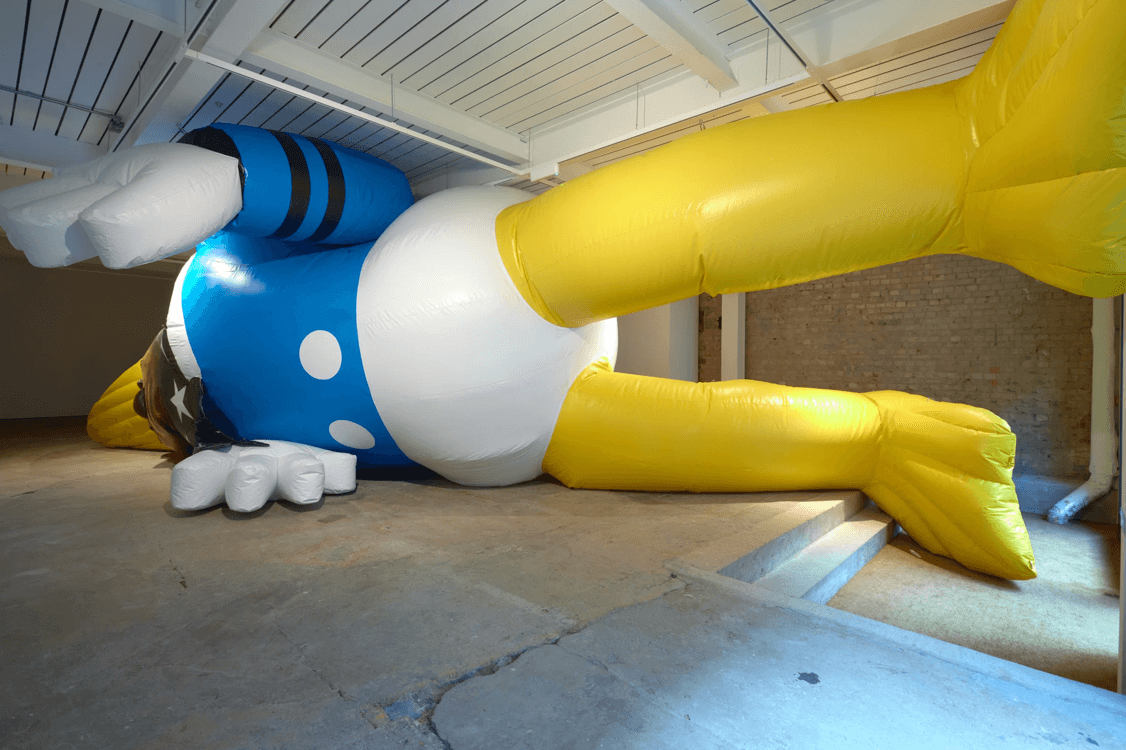
CKE: Do you prefer to work with collectors who are more interested in conceptual artists than in commercial ones or those who see art as an investment?
AF: 100 percent, it is more engaging and enriching to work with people who really want to understand the work and often conceptual work needs some context or more explanation.
There is a major market out there for works that are less complex. I’m not criticizing that since it’s just the market. But there are definitely artists and practices that I find more stimulating but they’re not always the ones that get the same acclaim, let alone market value.
CKE: Maybe you’re not criticizing the market, but you could criticize the individuals who engage in that, as well as the galleries who fuel this more commercial view of art. This also leads to the question of whether buying art is a form of indulgence and luxury.
AF: There are many parts of the markets where I am taken aback because I don’t see the validity. I recently got a tour by a famous, semi-retired Swiss gallerist who told me, “from every generation or every decade of artists, only five managed to hold the test of time.” Now I think he’s exaggerating but I’m not sure that a lot of the art that is being hyped has the validity to have such a price tag attached to it or if it will stand the test of time.
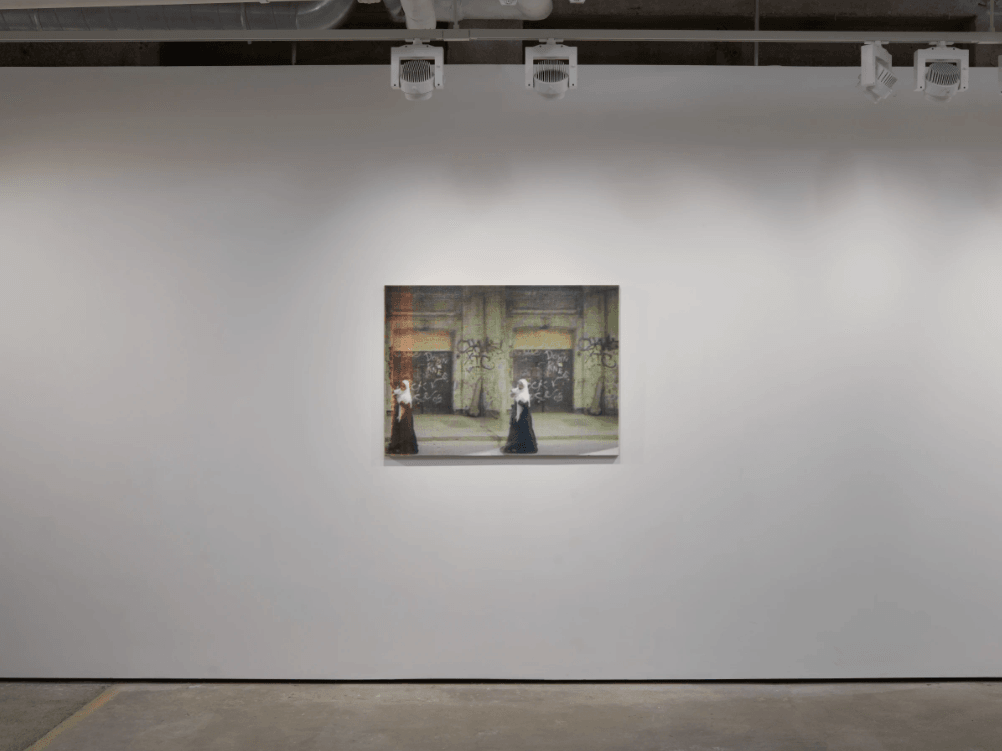
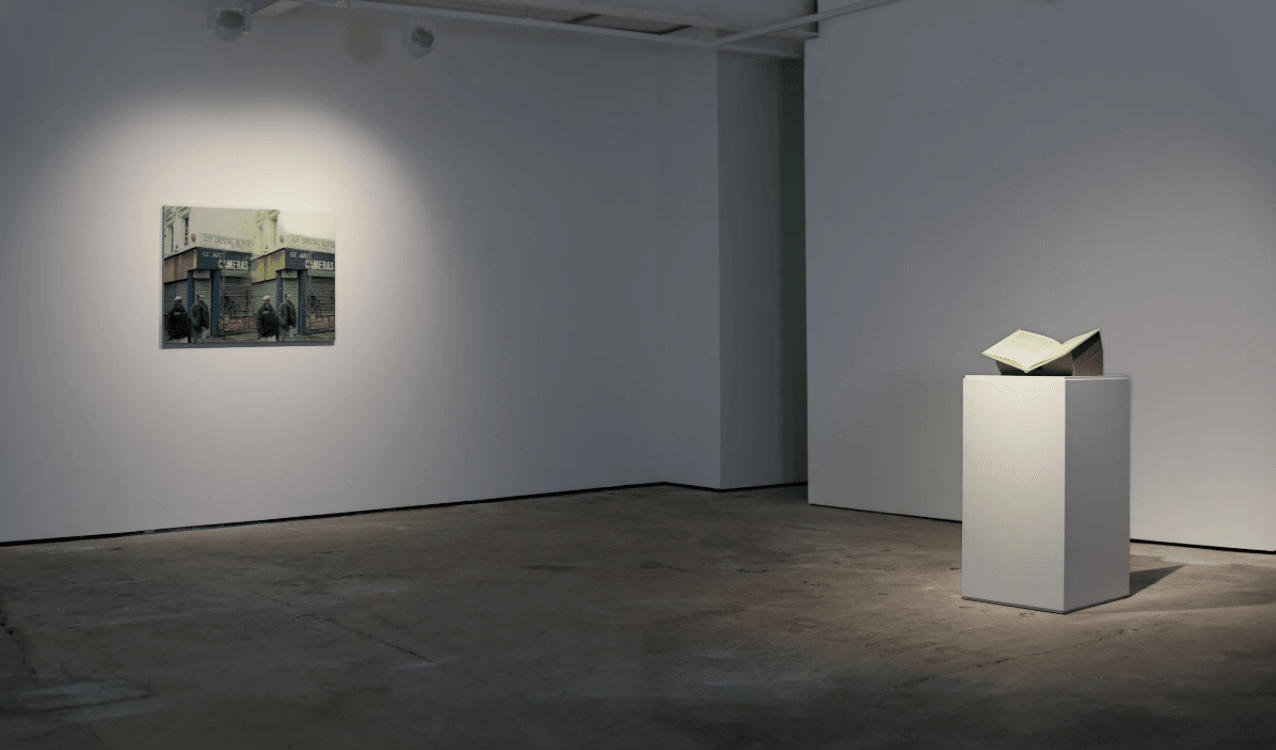
CKE: I’m also interested in how you developed your gallery program. How do you choose the artists you want to work with? I think it’s noticeable that many of the artists that you’re showing aren’t represented by you, they often already have an established gallery representation or are historic.
AF: I should start out by saying that I do work within the traditional, representational model. But I didn’t want to suddenly represent 15 artists overnight. I don’t think such a quickly assembled roster would have held the standard. The idea was very much to build the roster with artists that I feel have incredible potential or are well on their way. It’s also about relationships and trust. To represent an artist, work extremely closely with them, help build their careers, and be responsible can be very intense. For both artist and gallerist, that relationship should be considered and not taken lightly.
How did this program or roster come together, how will it come together? An interesting point, which I was thinking about when I was looking forward to talking to you. There are galleries out there who have just conceptual programs or they have a very “this is my program” approach. I have a real desire to show the most compelling contemporary artists and mix that with modern artists from the 20th century who fit, enrich, or give context. I generally like complex, committed, and even radical practices.
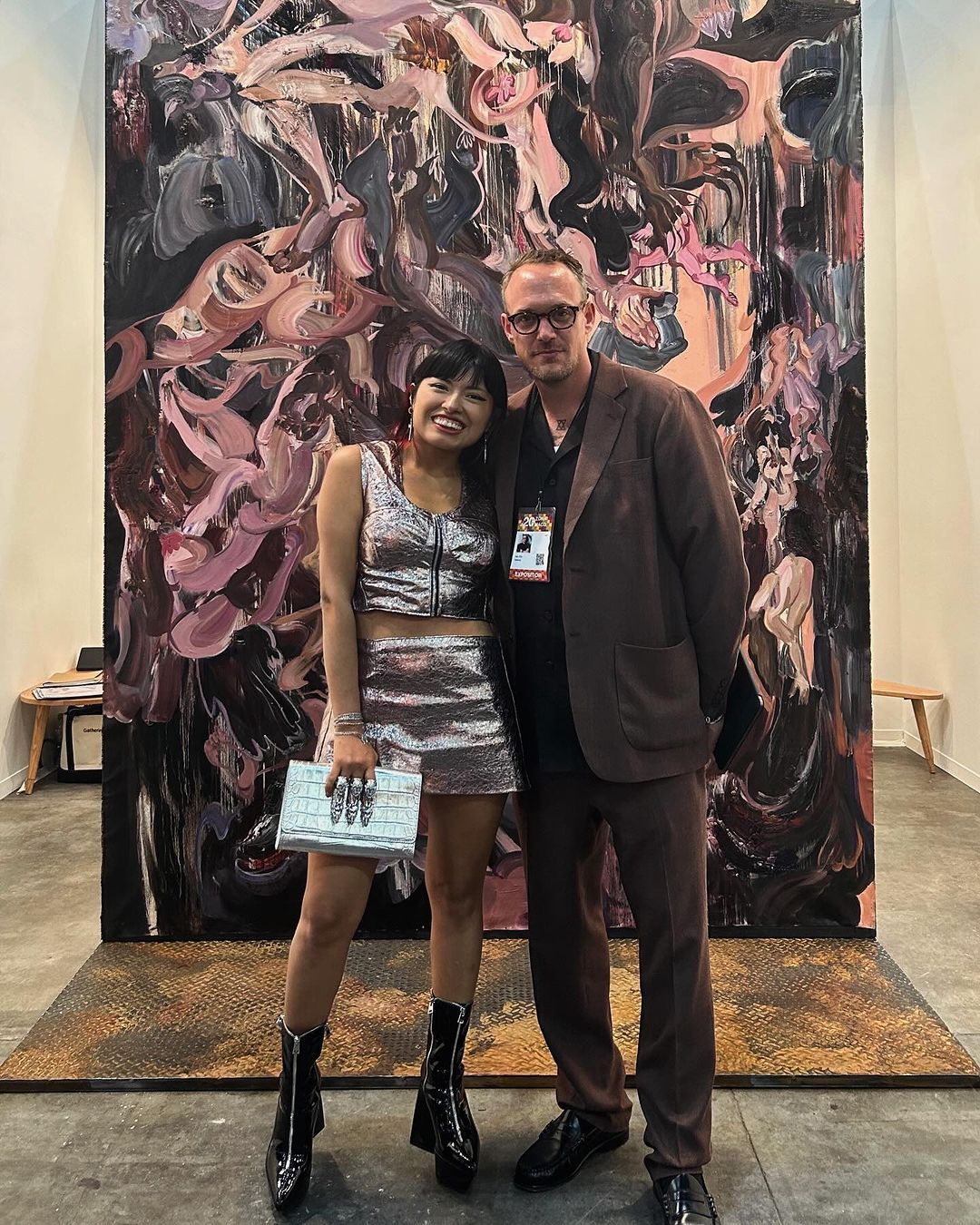
CKE: I guess sometimes it also makes sense for the artist to show in a different city where they don’t have gallery representation yet. But you also showed a work by Sung Tieu, for example, who already has a gallery in London.
AF: The exhibition “Violins/Violence” was in the end just a group show with artists I admire and make sense from different galleries. Sung, as you said, has a Gallery in London—the before mentioned Emalin—very good representation, and the idea was never to engage beyond the show. She just fit very well into the concept and made a great addition. But collaboration makes sense for all involved. When an artist has a gallery in Germany, then I don’t think it’s counterproductive at certain stages in their career for them to have another gallery in a different place, in a different market. The co-representation of artists between different galleries increases their visibility, it gets them a new audience and client base.
There are pretty much no artists of a certain level, or very few, who have only one gallery. Gagosian often says, “it’s worldwide representation only,” but there are anomalies even there. Generally speaking, it’s good to share the load because it allows for many levels of collegiate thinking.
CKE: Looking specifically at the group exhibitions you have had at your gallery, I feel like you also have a very curatorial angle when conceiving exhibitions, although you’re in the setting of a commercial gallery. What kind of discourse were you involved or interested in prior to opening the gallery?
AF: Having studied art history gives you a lot of insight into the historical context how art has progressed and evolved to today. However, the single most informative or important experience I had on the curatorial side was spending time with Paul Schimmel as he installed the opening show at Hauser in downtown LA, which was an exhibition of female abstract sculpture from the 20th century. To see how he experienced and felt space, looking for intuitive dialogues, engaging with the work from his knowledge, his experience, feelings, and education—that was really formative.
I spend every day thinking about art and artists. But I am not a curator, that would be going too far!
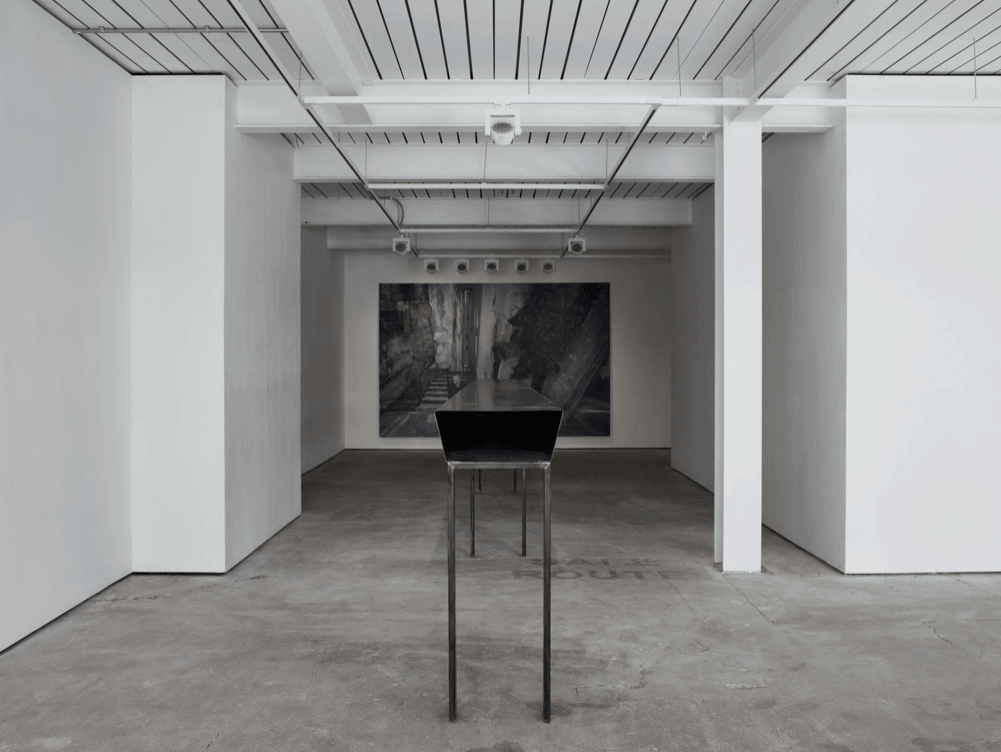
CKE: Why did you decide on the gallery format instead of, for example, having a non-profit space or a foundation?
AF: The idea for a foundation is fantastic and a dream, I am totally into that—but I also love the freedom a business gives. It’s also very challenging. We need to establish the business to work successfully over a period of time before I can even consider expanding into the realm of a non-profit or foundation. But having seen collaboration between the Hamburger Bahnhof and the FC Flick collection, it’s definitely an ambition in the back of my mind.
CKE: When you look at galleries with really good programs, you can observe that their artists do not only have commercial success but that they also foster institutional representation. So, the artist don’t just make millions, but they also receive intellectual recognition. I think that’s very much the task of a gallery—to not only focus on commercial success but on a holistic career of the artist.
AF: It’s funny that you say that because I truly believe that for an artist to have a solid career, there have to be two pillars that interact and hold strongly: an institutional recognition and the market. It is huge part of the job, because there is a shortfall between what institutions can afford and what the artists want to do, as well as helping bridge those contacts. Commercial gallery collaboration/ contribution toward institutions makes total sense to me, not least because you’re investing in the artist. That is part of the work, it is part of building their career.
“Art World Resorts”: The art world is often ugly and unkind. While the objects of desire are historically and philosophically deemed as beautiful, to see (more) beauty, we need to surrender sardonically and indulge in social ugliness to attain beauty. The column of Claire Koron Elat is a cerebral, and sometimes visceral, field trip to galleries, institutions, fairs, and other art events, pointing out how “enlightenments” and behaviorisms occurring there are reflections and predictions of culture at large.
Credits
- Text: CLAIRE KORON ELAT
Related Content
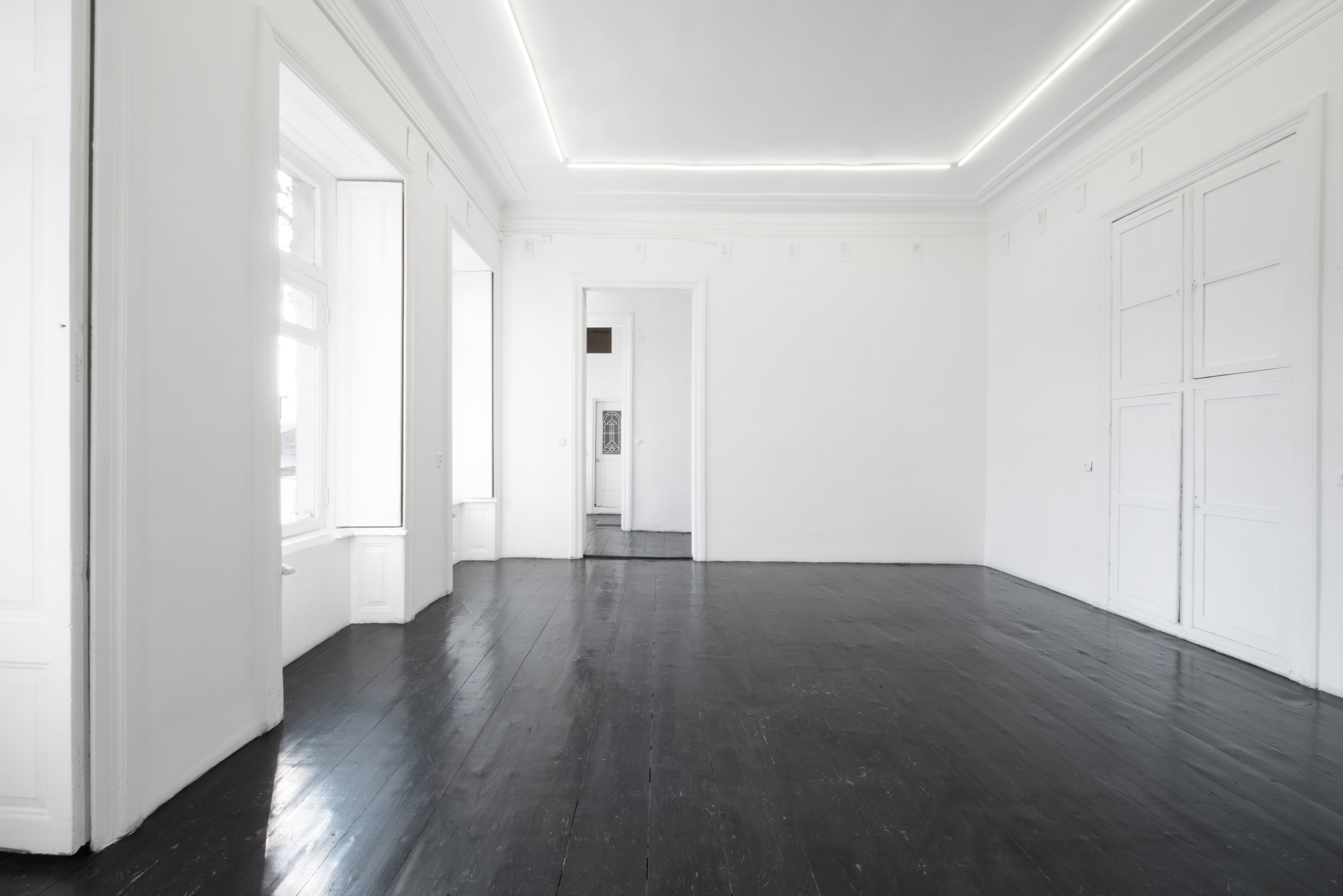
Young Gallerists: A Roundtable on Founding a Gallery in Today’s Uber-saturated Market
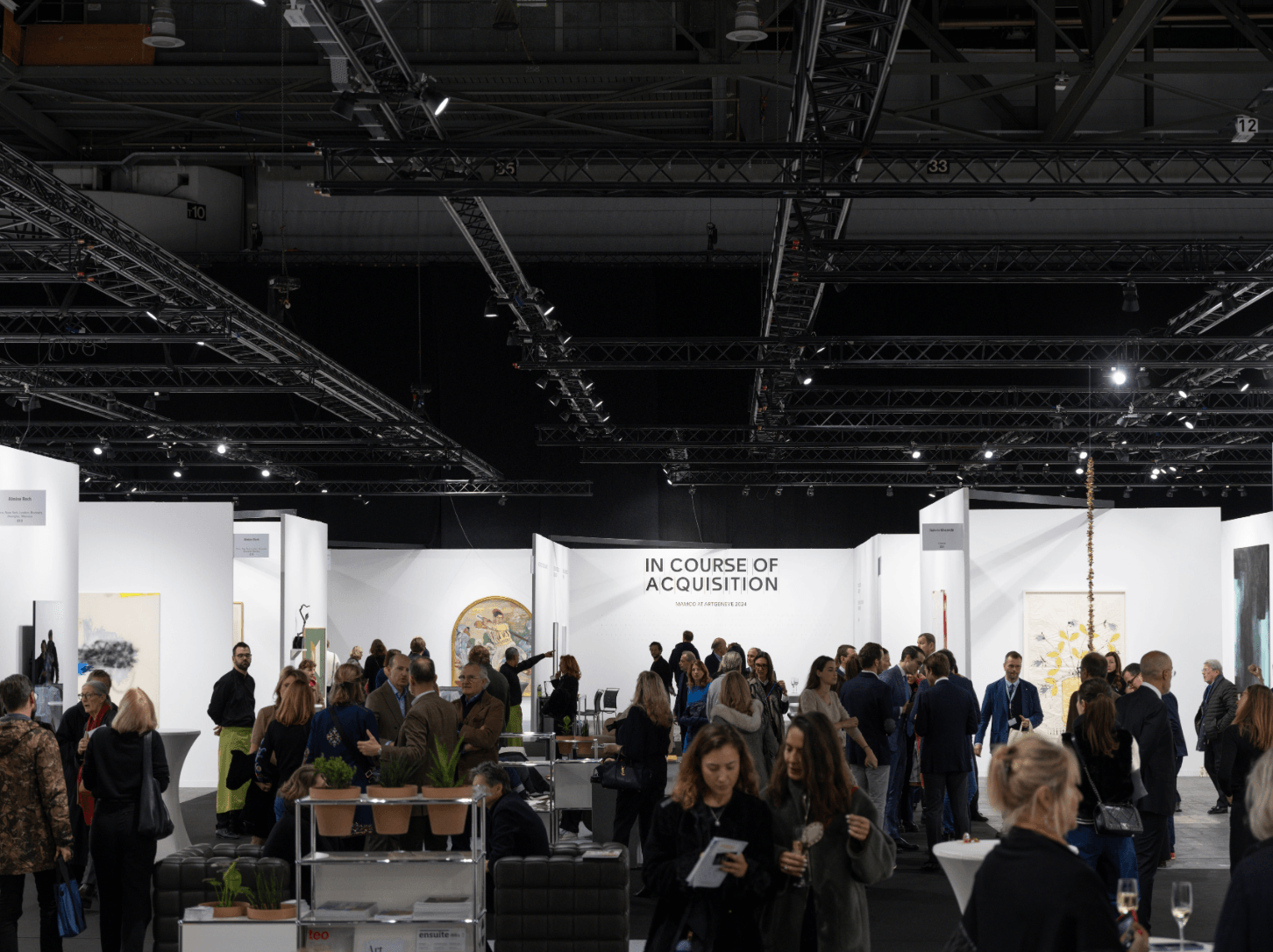
Art World Resorts with Charlotte Diwan
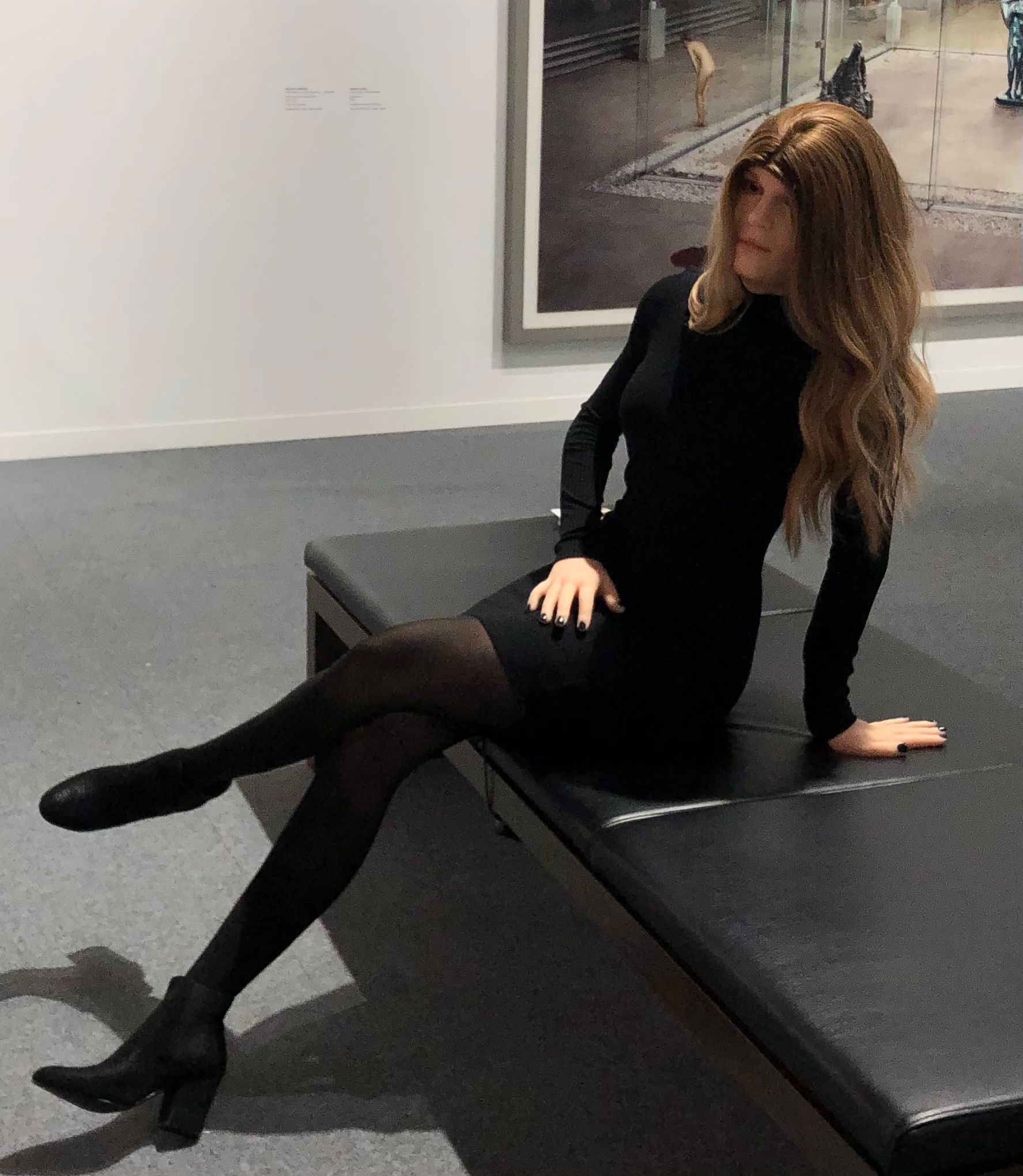
Art World Resorts: artgenève
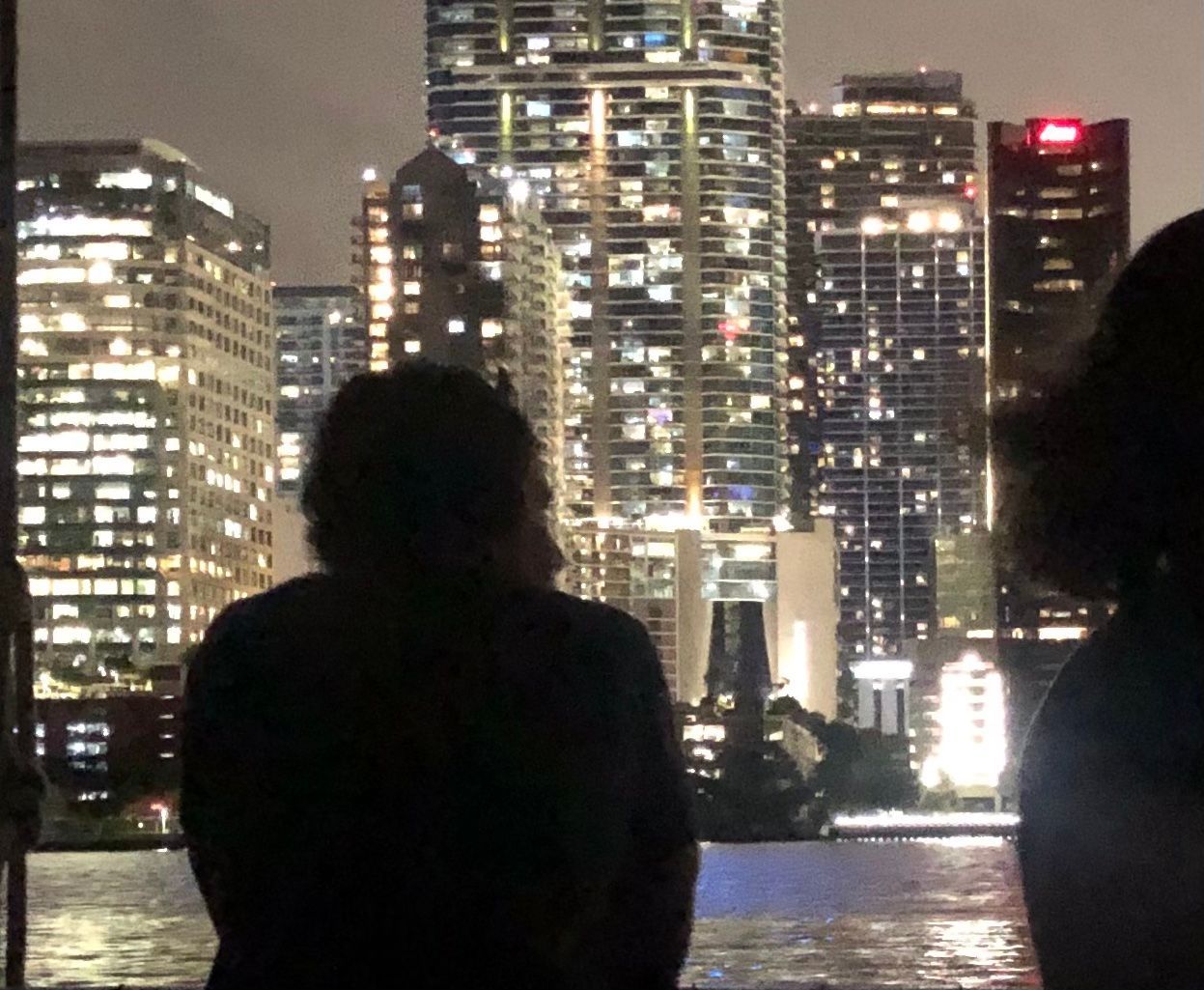
Art World Resorts: On at Art Basel in Miami Beach
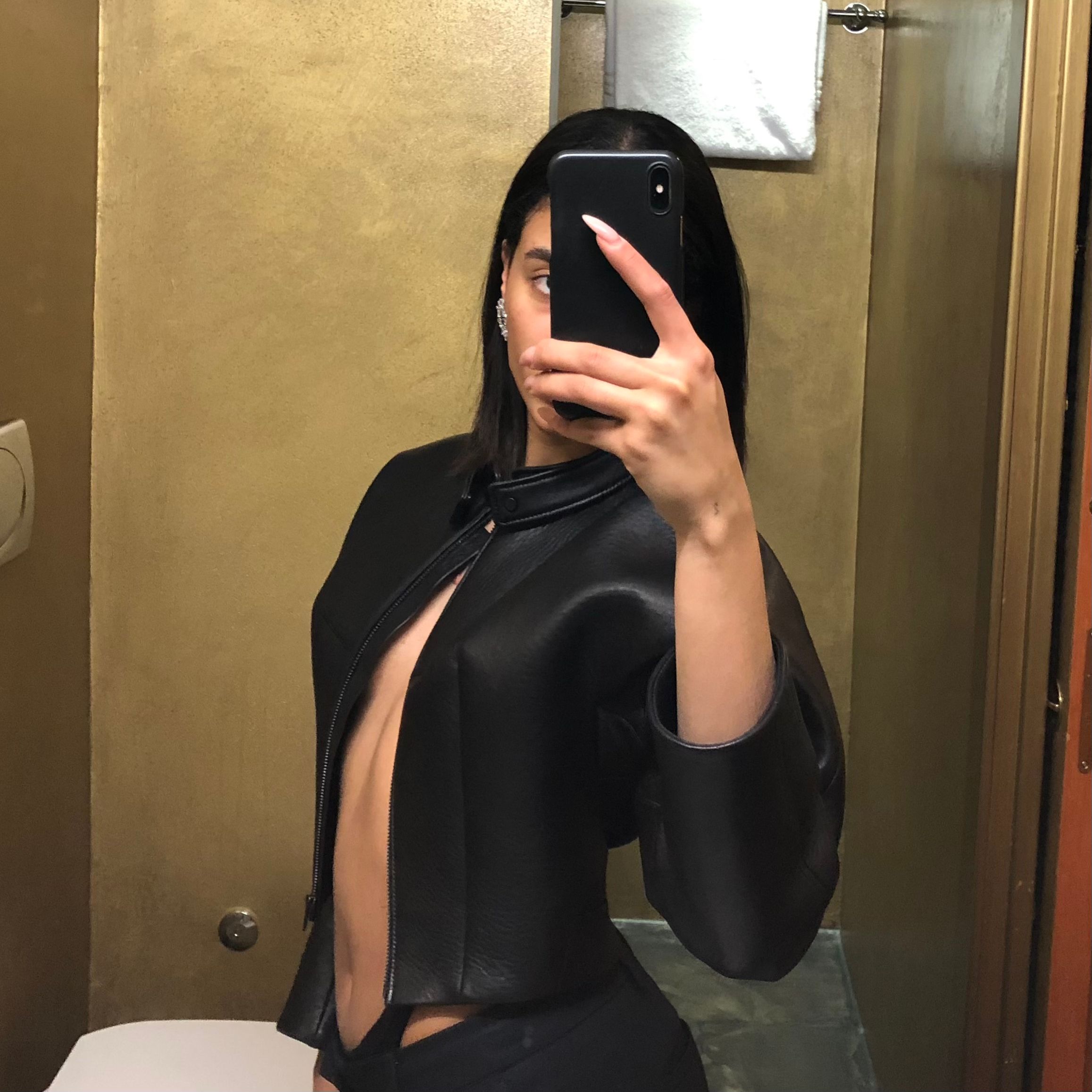
Art World Resorts: No Utopias, but Chicago
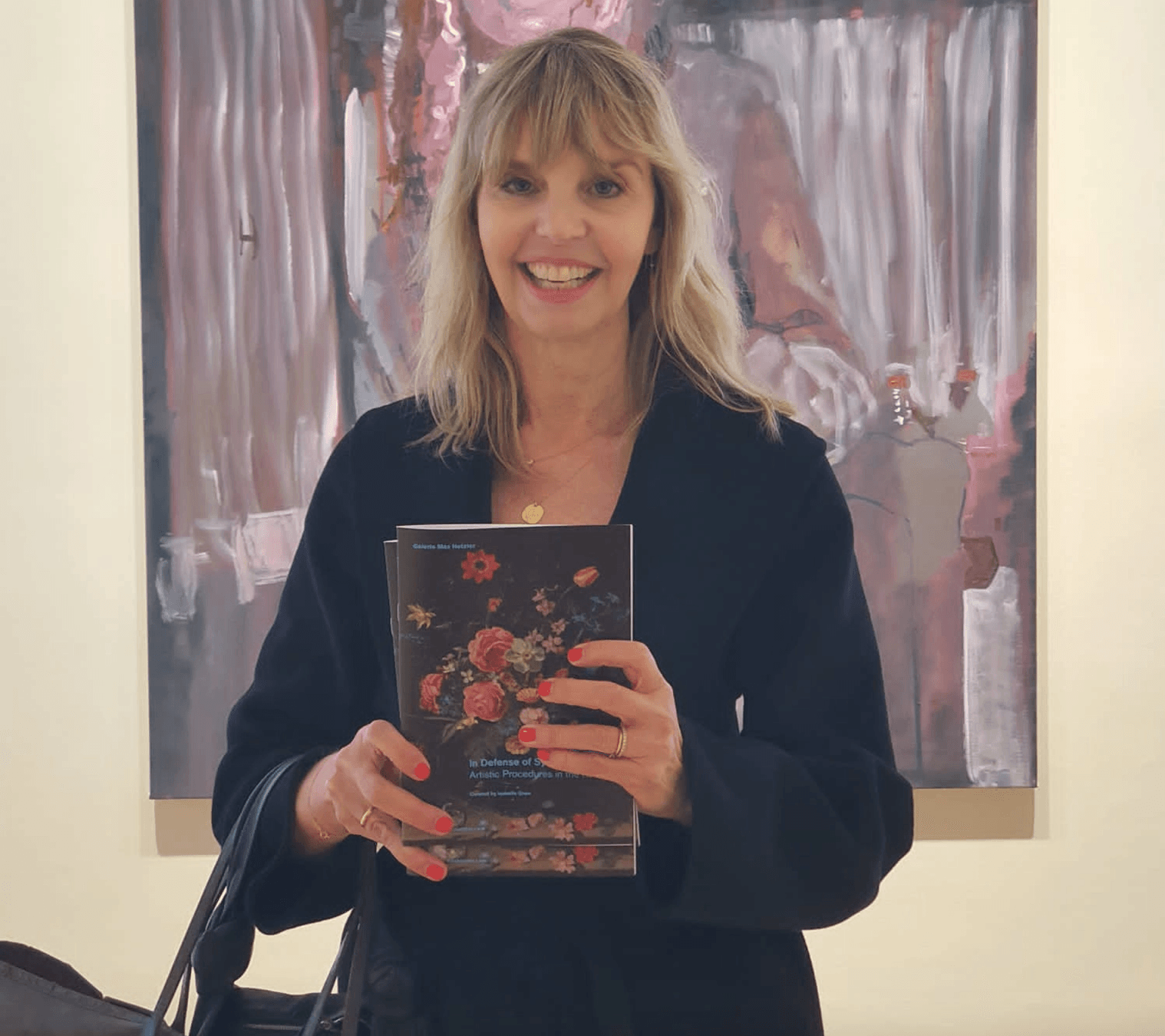
Image Stacks With ISABELLE GRAW
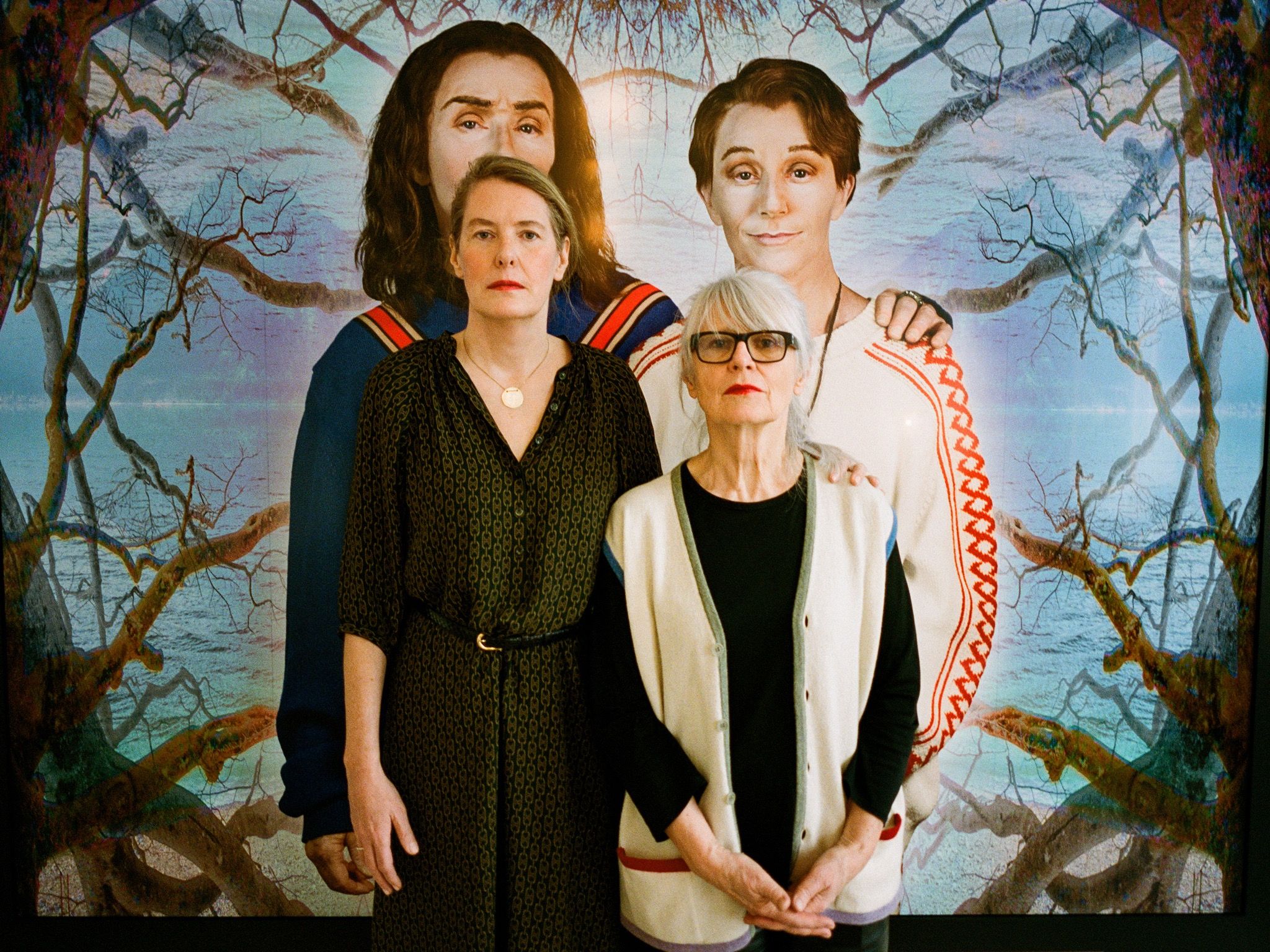
SPRÜTH MAGERS: The Art Gallery and the World
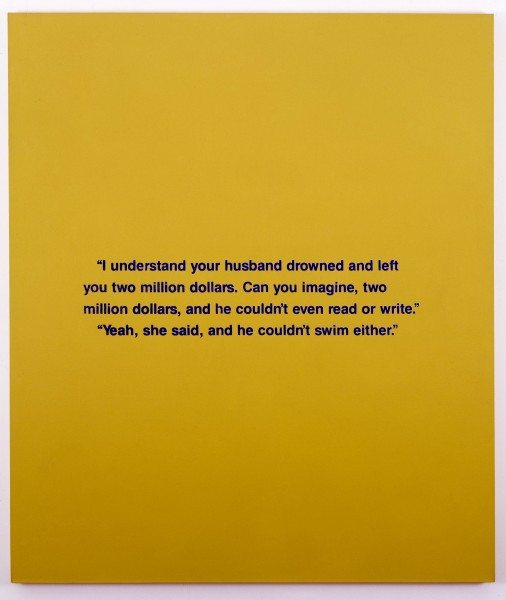
If you’re not here for BERLIN GALLERY WEEKEND, then go see “No Problem: COLOGNE/NEW YORK 1984–1989” at David Zwirner